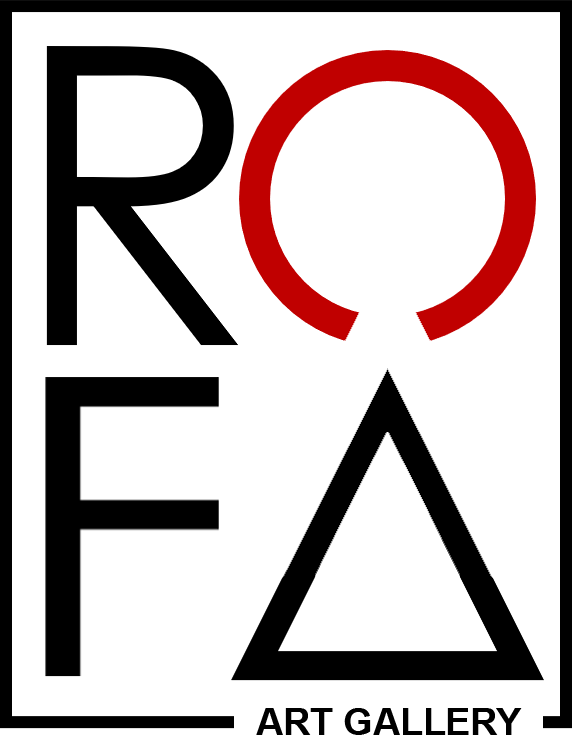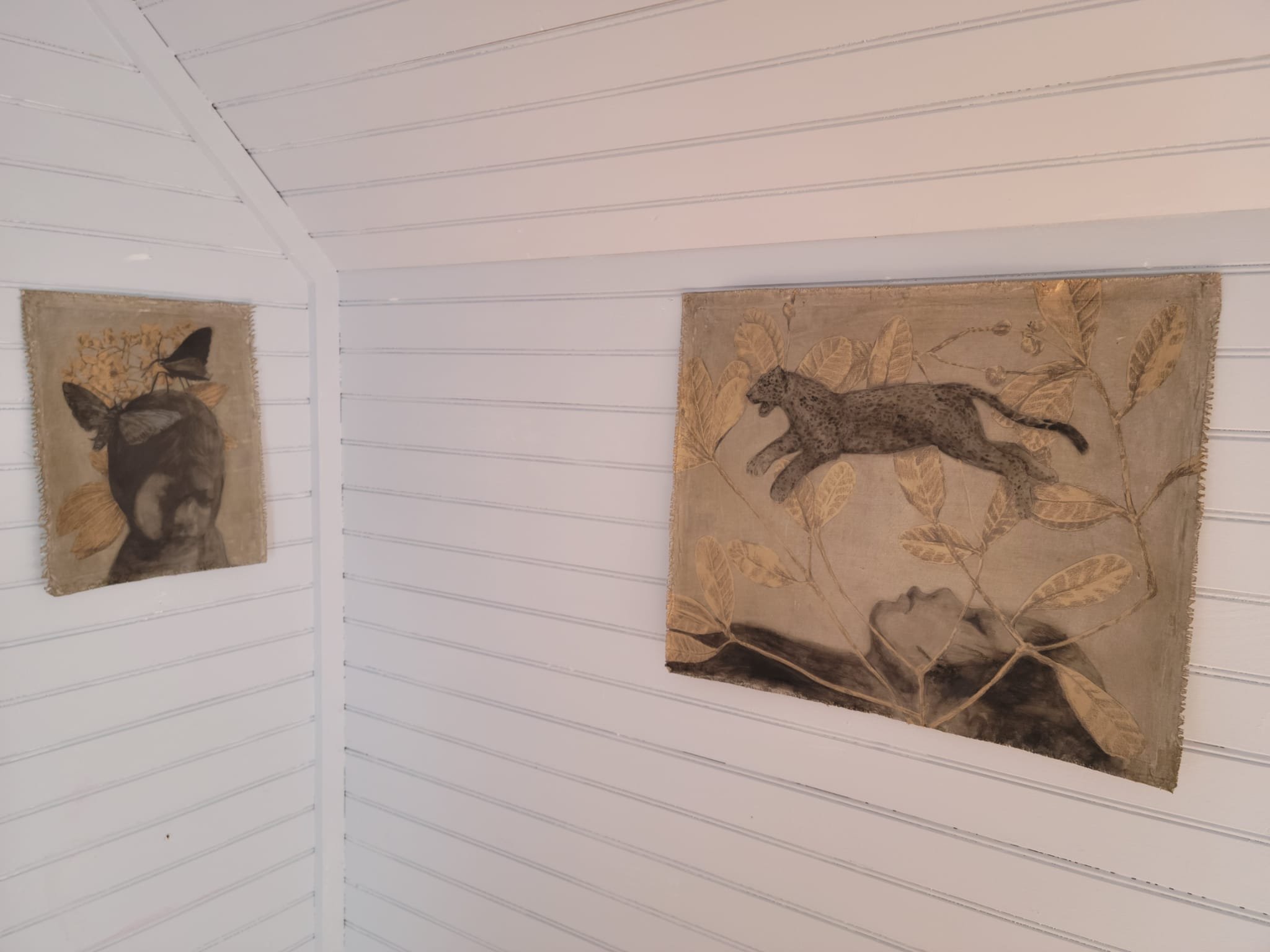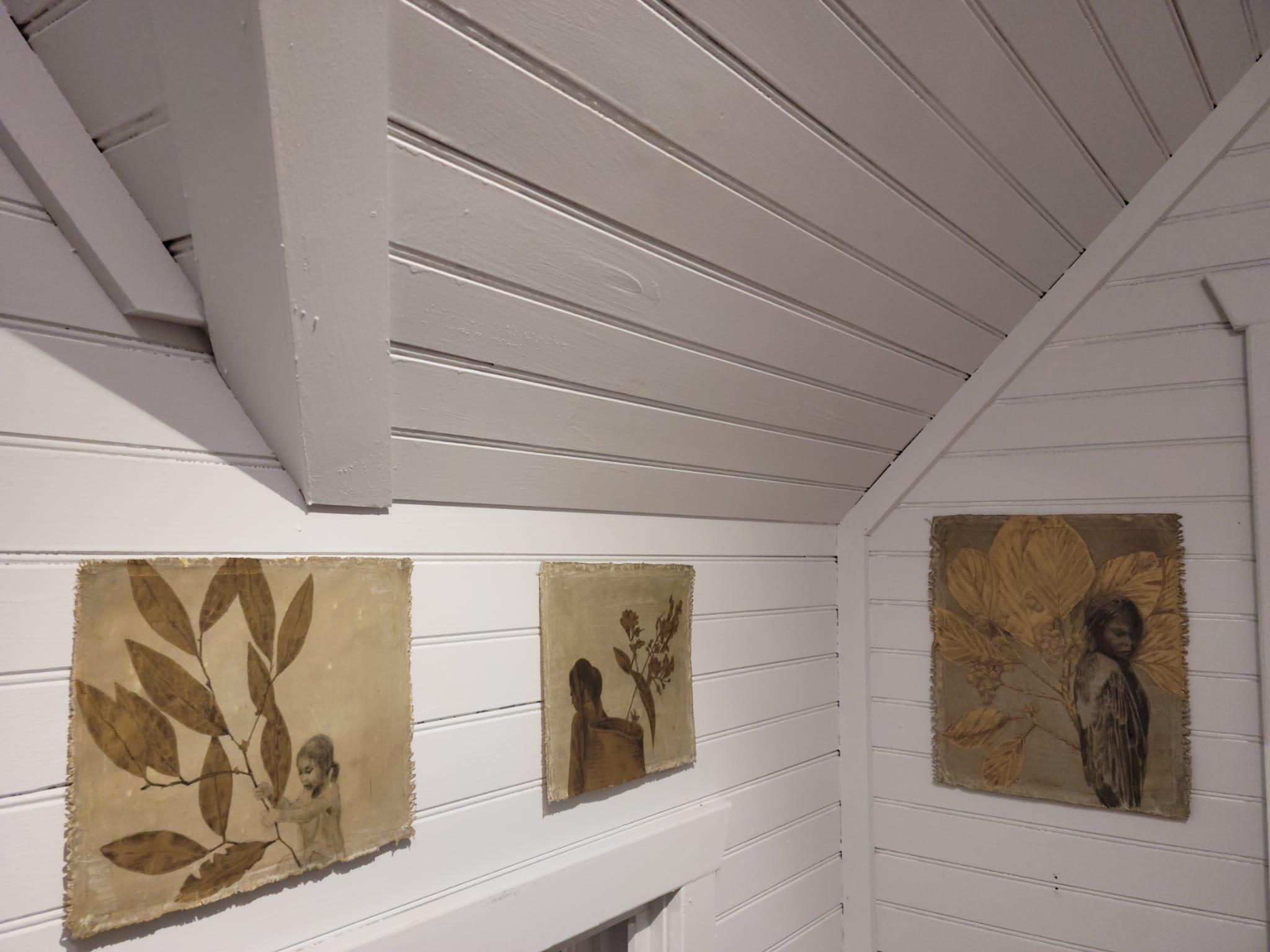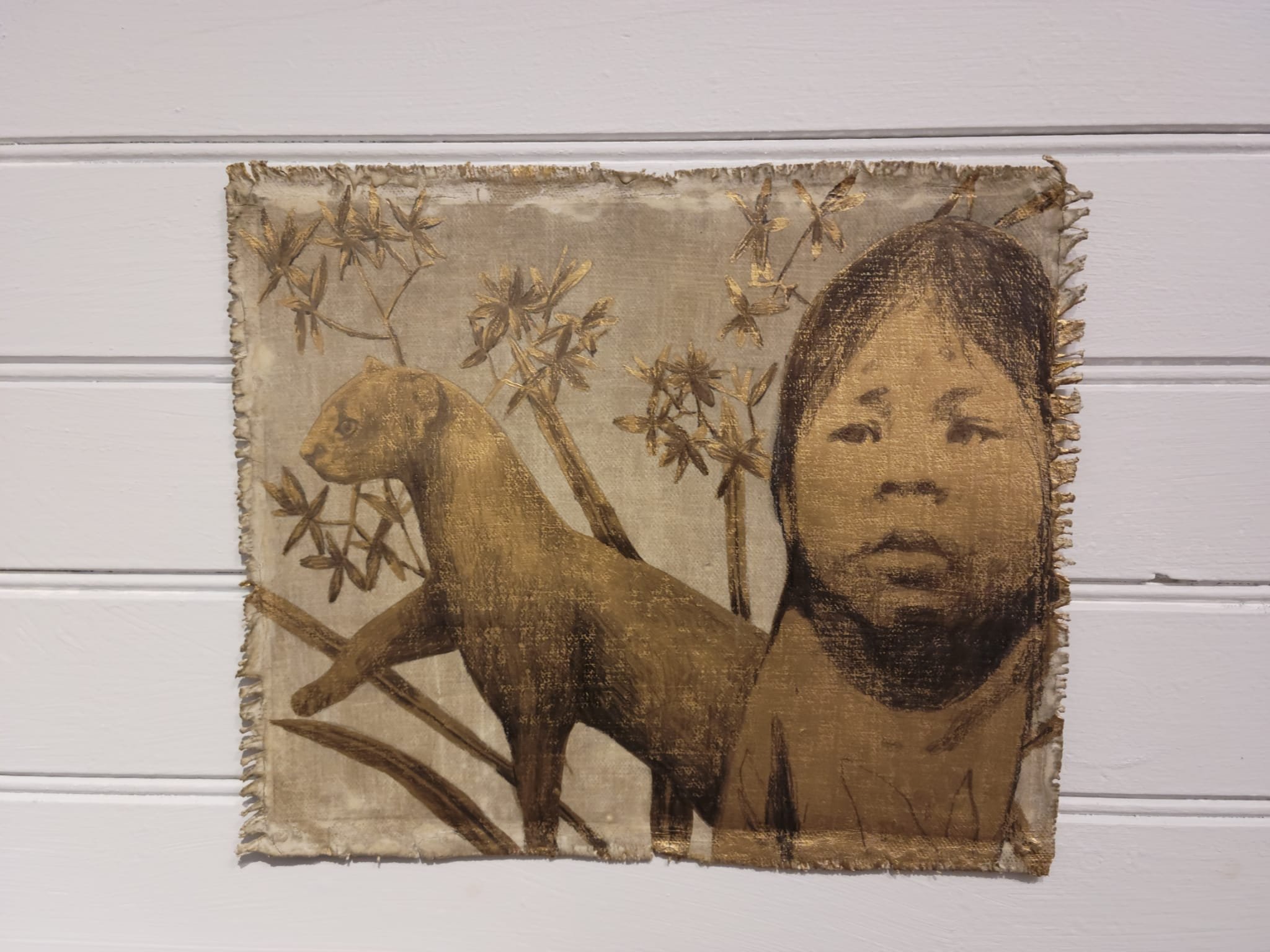NOMIO’ . Sara Herrara
La Morada. RoFa Projects. Potomac. MD
Art Works
NOMIO' . Sara Herrera
She is a Bara girl.
Bará, Waímajã or Waípinõmakã is an indigenous ethnic group native to the northwest of the Amazon that lives on the banks of the rivers: Colorado, Yapú, Inmbú, Macucú and Tiquié to the South of the Colombian Department of Vaupés and borders Brazil.
The Baras are also known by the name Barasana del norte, Wáimaja or Waimasa, a term that means "fish people" in their language.
With the first rays of sun that enter in the morning between trees and palm trees, you can hear the birds singing and the children running. She is six years old, and although her movements show total lightness, the responsibility and weight of her gender is already observed in her daily actions and even in the leadership that she assumes to share the food found with others. children of her town.
From the empathy and coexistence that Sara Herrera had with the Bara people, NOMIO’ arises.
An exhibition where the artist narrates, from the sensitivity of her drawings /paintings, the daily life of a future Bara woman.
The expressive force of this mixture between drawing and painting by Herrera leads us to understand the poeticized conception of the jungle as opposed to a harsh reality closely associated with the overload and making women's work invisible.
In the Bara ethnic group, it is the woman, who enters through the back door of La Maloca in the ceremonies, who bears the responsibility of supporting her people. Generations of women, her ancestors, teaching that they are the sustenance women.
Through the use of graphite and gold leaves, Herrera shows us the relationship of this beautiful Bara girl with nature, with that connection that we lose in the western world. She shows us that amazement in children's eyes, with that sweetness and innocence; but also with the density of the inhospitable environment of the indigenous populations.
Villages also with the lowest schooling rates in Colombia.
She will be going to school very soon. To the one created from outside, without empathy with hers own roots.
She will learn Spanish within a hegemonic educational system.
What will be the solution? Sara, like us, does not have answers, but she does have many questions that she reveals between her drawings and golden brushstrokes.
The expressive force of Sara Herrera moves us to the jungle, but also to the work of women, girls, mothers, grandmothers.
She, the Bará girl/woman, is the one who sustains and feeds her community. In her hard daily work, the profound wisdom of her culture about the functioning of the Amazon rainforest is woven and put into practice.
Gabriela Rosso
















